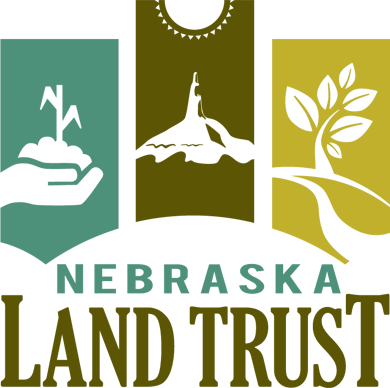FAQs
What is a conservation easement?
At its core, a conservation easement is a legal agreement between a landowner and a non-profit conservation organization or government agency that forever prohibits specified land uses that are not compatible with conservation goals, while allowing those uses that are.
How is the value of a donated easement determined?
Only a qualified real estate appraiser can determine the value of an easement donation for tax purposes. The appraiser will consider the property’s “before” value on the open market — under current zoning — and its “after” value with easement restrictions on it. The difference between these two figures is the value of the easement.
How do conservation easements affect property rights?
Every landowner holds certain rights related to the use of their land and its resources. Historically, the law has allowed some of these rights (such as mineral rights) to be transferred to other parties. A conservation easement transfers the development rights on a property to another entity, who is then prohibited from exercising that right by the terms of the easement. The landowner still owns the land and retains all other rights not specifically prohibited by the conservation easement.
What land uses do conservation easements typically prohibit?
Every conservation easement is different depending on the conservation goals and each landowners circumstances, yet most will prohibit excessive new development, confined livestock feeding operations, mining, logging, and the destruction of wildlife habit, native plant communities or historic sites.
What land uses are typically allowed?
This list is driven by each landowner’s needs so it can vary, but the landowner usually retains the rights to live, farm, ranch, hunt, fish and camp on the land, along with other activities that are consistent with conservation goals, which can even include some limited development.
Are there any criteria for lands that can be conserved by easements?
The guidelines for conservation lands can vary with each organization or agency. The Nebraska Land Trust will accept conservation easements to preserve lands that: remain essentially in their natural state; are ecologically, historically or archeologically significant; serve as wildlife habitat; or are used for low-impact agriculture.
Does the entire property have to be included in an easement?
An owner may divide their property for the purposes of a conservation easement, restricting certain activities on a part of the land while reserving other portions of the land for some development, so long as that development does not adversely affect the conservation values of the easement land.
Do conservation easements restrict a landowner’s ability to sell or bequeath land?
Land protected by a conservation easement may be sold or transferred at any time, but the conservation easement is attached to the title so that any restrictions will pass to all future landowners.
Does a conservation easement grant public access?
Not unless the landowner desires to. A landowner may choose to allow limited access for educational or scientific purposes, but this is not required by the Nebraska Land Trust as a condition of accepting an easement.
What rights of access does the land trust have?
The Nebraska Land Trust is obligated to arrange an annual visit to the site by one of its representatives to assure compliance with the terms of the easement.
How are conservation easements enforced?
When conservation easements are created, a baseline report is required to document current conditions. Among other things, these reports usually include detailed maps, an inventory of plants, animals, wetlands, woodlands, grasslands, existing development, any historic sites and photographic documentation of visual appearance. When annual monitoring visits are scheduled, this report will be compared to existing conditions. If a violation is identified, the landowner will be notified immediately by the land trust and an attempt will be made to find an agreed upon solution that corrects the problem. If necessary, the Nebraska Land Trust can also take legal action to fulfill its conservation easement obligations.
What are the tax benefits associated with land protection?
Easements that are (1) permanent, (2) donated by the landowner (or a qualified bargain sale), and (3) provide one or more conservation values for public benefit typically qualify for tax benefits offered by the federal government and the state of Nebraska. The two main tax benefits associated with a donated conservation easement are income tax benefits and estate tax benefits. An independent appraisal, conducted by a qualified appraiser, of the value of the easement determines the extent of the tax benefits. The amount and type of tax benefits depends on a variety of factors, including the legal tool you’ve used to protect your land, the value of the donation, your income level and the total amount of your estate. Again, you should consult with a financial advisor and/or an attorney to fully understand the tax implications.
To qualify for a deduction, the agreement must be properly structured and must provide significant benefit to the public by satisfying one or more recognized ‘conservation purpose’ as defined by Internal Revenue Code Section 170H. These are:
- the preservation of land areas for outdoor recreation by, or the education of, the general public
- the protection of a relatively natural habitat of fish, wildlife, or plants, or similar ecosystem
- the preservation of open space (including farmland and forest land) where such preservation is for
- the scenic enjoyment of the general public or pursuant to clearly delineated Federal, State or local government conservation policy and will yield a significant public benefit
- and the preservation of an historically important land area or a certified historic structure.
Is a conservation easement right for me?
At its core, a conservation easement is a legal agreement between a landowner and a non-profit conservation organization or government agency that forever prohibits specified land uses that are not compatible with conservation goals, while allowing those uses that are.
